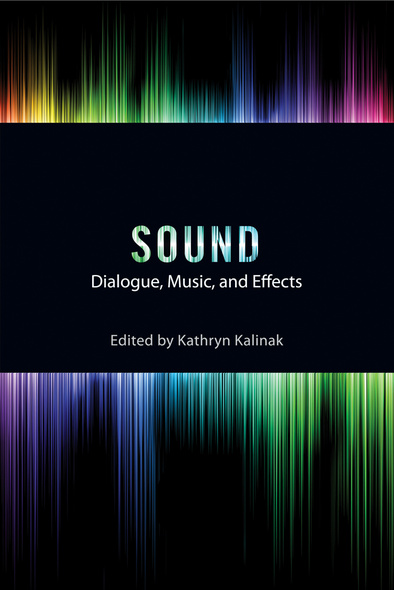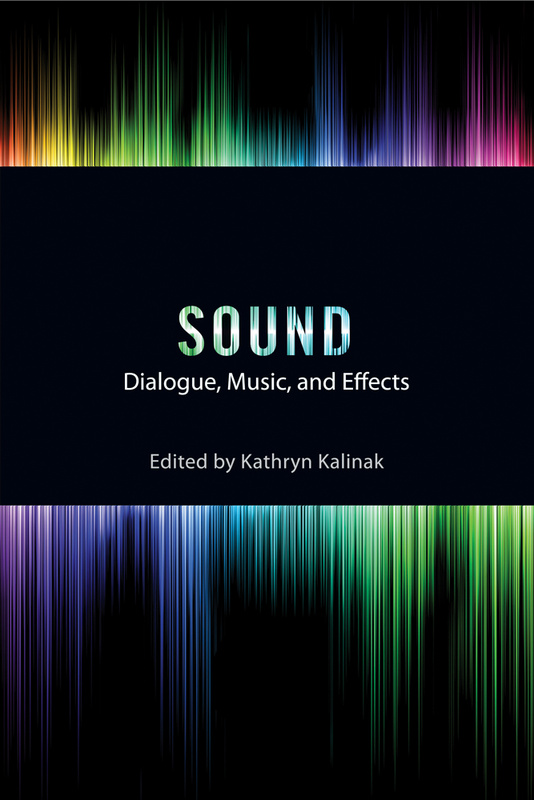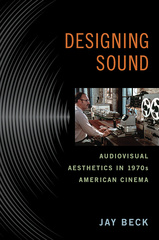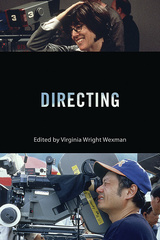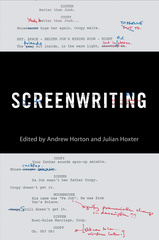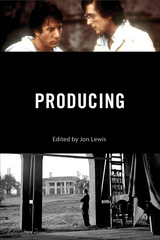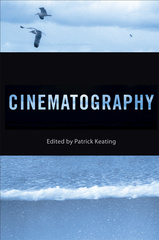Sound
Dialogue, Music, and Effects
Edited by Kathryn Kalinak
SERIES:
Behind the Silver Screen Series
Rutgers University Press
Sound has always been an integral component of the moviegoing experience. Even during the so-called “silent era,” motion pictures were regularly accompanied by live music, lectures, and sound effects. Today, whether we listen to movies in booming Dolby theaters or on tiny laptop speakers, sonic elements hold our attention and guide our emotional responses. Yet few of us are fully aware of the tremendous collaborative work, involving both artistry and technical wizardry, required to create that cinematic soundscape.
Sound, the latest book in the Behind the Silver Screen series, introduces key concepts, seminal moments, and pivotal figures in the development of cinematic sound. Each of the book’s six chapters cover a different era in the history of Hollywood, from silent films to the digital age, and each is written by an expert in that period. Together, the book’s contributors are able to explore a remarkable range of past and present film industry practices, from the hiring of elocution coaches to the marketing of soundtrack records.
Not only does the collection highlight the achievements of renowned sound designers and film composers like Ben Burtt and John Williams, it also honors the unsung workers whose inventions, artistry, and performances have shaped the soundscapes of many notable movies. After you read Sound, you’ll never see—or hear—movies in quite the same way.
Sound is a volume in the Behind the Silver Screen series—other titles in the series include Acting; Animation; Art Direction and Production Design; Cinematography; Costume, Makeup, and Hair; Directing; Editing and Special Visual Effects; Producing; and Screenwriting.
Thoroughly researched and revelatory, this book is an essential resource for sound and cinema studies. Again and again, the contributors to this excellent volume showed me how much I still have to learn about cinema sound.
A complete history of the use and development of sound in movies from silent films until today. Interesting reading for professionals and also for anyone interested in moviemaking.
One could easily structure an entire course around this volume … The detail in this book makes it a crucial resource for film studies.
KATHRYN KALINAK is the author of Settling the Score: Music and the Classical Hollywood Film. In 2011, she was named Mary Tucker Thorp Professor at Rhode Island College.
Introduction
Chapter 1 The Silent Screen, 1894–1927
Chapter 2 Classical Hollywood, 1928–1946
Chapter 3 Postwar Hollywood, 1947–1967
Chapter 4 The Auteur Renaissance, 1968–1980
Chapter 5 The New Hollywood, 1981–1999
Chapter 6 The Modern Entertainment Marketplace, 2000–present
Academy Awards for Sound
Academy Awards for Music
Notes
Glossary
Selected Bibliography
Notes on Contributors
Index

